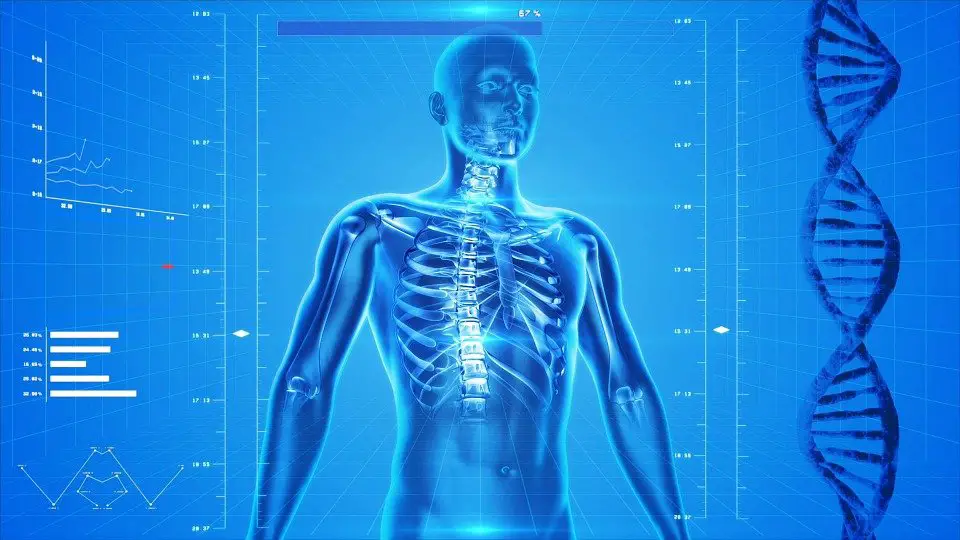What does our Human body make up of? We may be aware of our bodies both internally and externally, but chemically, our bodies are made up of around 20 different elements that are found in the environment around us. Living organisms are made up of materials that are simple to collect and use. Only 11 of these elements are found in greater than trace amounts in living things, whereas any amount of 0.01 percent or less is considered a trace element. Among those 11 elements, largest percentage of our body weight (96.2%) are mostly made up of these 4 elements which are Oxygen (65%) and Hydrogen (9.5%) are predominantly found in water that makes up about 60 percent of the body by weight, Carbon (18.5%), and Nitrogen (3.2%). While the remaining mass are made up of Calcium, Phosphorus, Sulfur, Potassium, Sodium, Chlorine and Magnesium.
Every element is a pure material made up entirely of atoms with the same number of protons in their atomic nuclei, whereas the atom is the building block of the Universe. Everything is made up of atoms that combine to form different sorts of elements, such as those found in our bodies. The origin of elements, on the other hand, can be found deep within the stars that surround us if we gaze to the wide cosmos. Nuclear fusion continuously converts hydrogen and helium into heavier elements in the centers of stars. All elements heavier than hydrogen in our bodies were created by nuclear fusion within stars. The Sun is powered by nuclear fusion, and it has enough hydrogen and helium to last for around 10 billion years. Late in their lives, stars eject a large portion of their mass into interstellar space, creating fusion products, such as heavier elements, that can be used by the next generation of stars and planets. Our Sun and the Earth were born from the embers of previous generations of stars after many generations of early stars. In this way, we are made generally of elements with an age range from 4.6 to 14.6 billion years, yet blended in with a bit of a lot more younger atoms. Hence, we are associated with the start of the Universe.
It’s a question that humans have been asking for millennia, but with each passing decade our understanding of its answer grows. It wasn’t long ago that we were certain Earth was at its center, then that it rotated around the sun, and now we know both those things are actually just tiny parts of a vast universe much bigger than us. In fact, scientists estimate there are more stars in space than grains of sand on every beach on Earth. In other words: We don’t really fit in anywhere—but what we do know is that there are some incredible similarities between our bodies and the universe. Here are five to start with.
Physicists have long believed that our universe is not just expanding, but it also appears to be rotating at an ever-increasing rate. This observation led Einstein to conclude that our universe has a center, which we now know as his theory of general relativity. But if we are seeing galaxies receding away from us, does that mean we are in fact at its center? A new study suggests that, no matter where you are located within our galaxy or within our observable universe, your view would appear to be similar: You’d see all other galaxies moving away from you. This means there is no center of our universe; it’s everywhere and nowhere at once.
It’s a fascinating question, isn’t it? It leads us to ponder our place in history—and whether we truly understand where we came from. In fact, it reminds me of something Carl Sagan said: We are made of star stuff. Yes, there is certainly some truth to that statement. Each one of us is a part of a cosmic dance, after all; we connect with one another and with every other living creature on Earth through light particles called photons.
![]()
